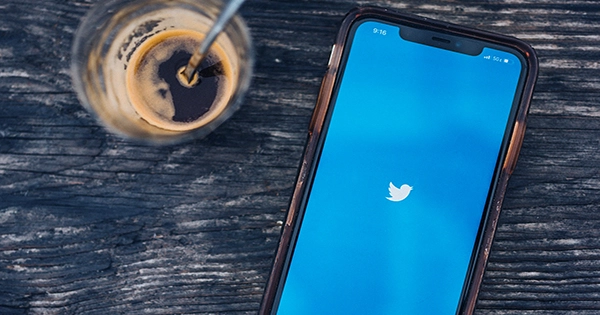Twitter returned to the Digital Content NewFronts this evening, like it did in past years, to sell advertisers on its impending premium video content slate. This time, though, the firm is dealing with a group of media buyers concerned about the social network’s future as a “brand-safe” platform for their marketing campaigns. According to many reports, some Twitter advertisers have already started thinking about ways to quit spending money on the service if Elon Musk’s acquisition makes it a more poisonous and abusive social network. Advertisers are well aware that Musk’s concept of Twitter as a “free speech” platform is not always in their best interests.
Historically, brands have been wary about having their messaging appear alongside abusive and divisive speech, hate speech, and disinformation. If Musk reverses Twitter’s present content moderation standards, it might lead to an increase in the type of content that companies dislike becoming more widespread on the network. In recent days, Twitter sought to calm advertisers’ fears by writing to ad agencies and assuring them that Twitter will continue to be a safe place for them in the future by segregating their advertisements from any potentially hazardous content. Businesses, on the other hand, are aware that Twitter is unable to give guarantees regarding improvements Musk has yet to implement.
Twitter is well aware of this; in a recent SEC filing, the company said that one of the risks associated with the purchase is a loss of ad money. In prior years, Twitter’s appearance at the NewFronts has been a more subdued event. The firm isn’t often compared to major streaming and media giants like Roku, Amazon, or NBCUniversal. It also has less features than other social media firms such as Snap, Meta, and now TikTok, all of whom have already presented this week.
Twitter, on the other hand, didn’t only have to pitch its material this time; it also had to persuade advertisers that it had enough relevant and compelling content to keep them as partners despite the upcoming changes. While the presentation lacked the “spectacle” predicted by Bloomberg sources, it did have a lot of loud music and enthusiastic applause from the audience for each disclosure (which was… not suspicious at all). With its future premium video agreements, Twitter was attempting to persuade marketers that their content will be available in a brand-safe zone on Twitter.
















